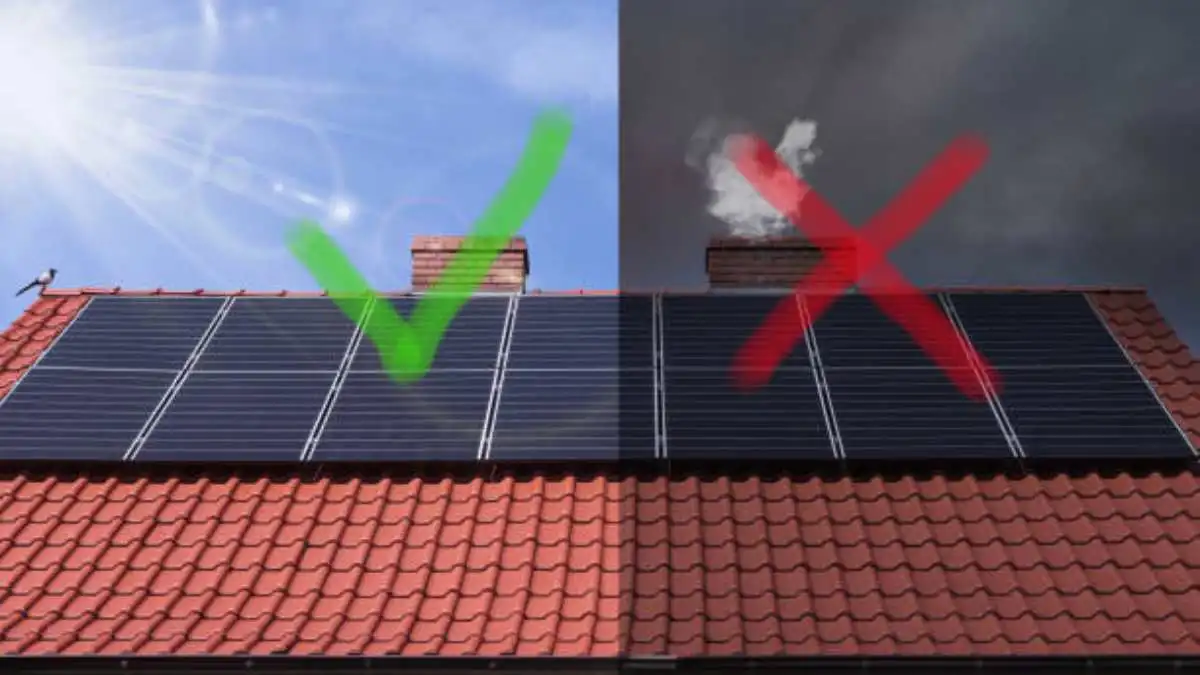HOME IMPROVEMENT
How to Future-Proof Your Roof: Choosing Systems That Last Through Climate Extremes

Introduction
The weather isn’t what it used to be.
Maybe you’ve noticed that there are more hailstorms than usual, hotter summers, flash floods, and high winds arriving without warning. Climate patterns have shifted, as has the pressure on your home’s most important protective system: the roof.
In this new reality, roofing is no longer about what looks good or fits the neighborhood style. It’s about resilience. It’s about making long-term choices that withstand heat waves, torrential rain, and bitter cold. It’s about anticipating—not reacting to—the next extreme.
So, if you’re planning a roof replacement or designing a new home, future-proofing isn’t a bonus—it’s a must.
Rethinking What “Durable” Means
Most people assume a roof that lasts 20 to 30 years is “durable.” But that number becomes less impressive when you factor in changing weather patterns and faster material fatigue.
Durability now means more than just lifespan. It includes:
- Thermal resistance: Can it handle temperature swings without expanding and contracting excessively?
- Impact resistance: How does it perform against hail, falling branches, or debris in strong winds?
- Moisture resilience: Will it repel water without absorbing it, even under days of relentless rain?
- Wind rating: Can it stay secure during gusts reaching hurricane levels?
A truly future-ready roof takes all of this into account.
Metal Roofing: The Silent Resilience Champion
In recent years, roofing companies have seen a noticeable uptick in interest in metal roofing. And it’s not just about style—it’s performance-driven.
Metal roofs reflect sunlight, reducing heat absorption during sweltering summers. They’re fire-resistant, can withstand wind speeds up to 140 mph, and resist cracking, warping, or corrosion when properly treated. That means less frequent roof repair and a longer lifespan—often exceeding 50 years.
Metal is becoming the go-to upgrade for homeowners serious about longevity and energy savings, even in regions where asphalt shingles once dominated.
Ventilation Isn’t Optional Anymore
Modern roofing systems must do more than protect from above—they must also regulate from within.
Poor ventilation raises attic temperatures, accelerates roof aging, causes ice damming in winter, and leads to mold and mildew. As temperature fluctuations become more extreme, ventilation helps equalize conditions under the roof deck, reducing pressure on materials and improving indoor comfort.
Future-proofing means integrating ridge vents, soffit vents, and proper airflow strategies into every roof installation—not as afterthoughts, but as essentials.
Color and Coating: More Than Aesthetic
Color choice used to be a curb appeal decision. Now, it’s a climate tool.
Light-colored or reflective roofing materials can reduce surface temperature by 50°F or more in summer, cutting cooling costs and reducing thermal wear. Special coatings—like solar-reflective paint or ceramic granules—can boost UV resistance and slow degradation.
As temperatures rise across the country, smart color choices can mean the difference between efficiency and early failure.
Composite and Synthetic Materials
Innovation in roof replacement isn’t limited to metal and traditional materials. Composite shingles made from recycled polymers or synthetic slate alternatives offer the look of natural materials with enhanced performance.
These new systems resist rot, insects, fire, and severe weather, often being lighter and easier to install. Environmentally conscious homeowners also contribute to sustainability goals by reducing landfill waste and using post-consumer materials.
It’s the future meeting the familiar, without sacrificing beauty or function.
Gutters, Flashing, and Drainage: The Overlooked Trio
If you’re thinking about future-proofing, don’t stop at shingles.
Proper drainage is crucial. Gutters should be wide enough to handle heavy rain volume, sloped correctly to avoid pooling, and fitted with guards to reduce clogging. Flashing should be corrosion-resistant and sealed against uplift. Valleys and edges should direct water cleanly and consistently.
Water is persistent. A roof that sheds it efficiently is one that stays dry, strong, and safe—even in the face of a 100-year storm.
Ridge Runner Roofing on Staying Ahead of the Curve
Homeowners across Western North Carolina have already begun to rethink how they build and maintain their homes for the future. Ridge Runner Roofing, with experience grounded in regional climate trends, knows that forward-thinking design isn’t a luxury—it’s a necessity.
The team believes in crafting solutions that address not just today’s weather but tomorrow’s. Resilience isn’t built overnight. It’s built one choice at a time, layer by layer.
Maintenance Still Matters
Even the best roof systems need attention.
Future-proofing isn’t just about installation; it’s about ongoing awareness. Homeowners should inspect their roof (or have it inspected) twice a year and after major storms. They should also keep gutters clear and look for small issues before they become expensive ones.
Preventive maintenance isn’t about paranoia. It’s about respect—for the investment and for the home beneath it.
Think 20 Years Ahead, not 5
Consider how the climate might change when planning a roof repair, roof installation, or full replacement. Will summers be hotter? Winters are more severe. Will storms grow in intensity and frequency?
Choose materials and designs with those possibilities in mind. It might mean a higher up-front cost, but the long-term valuing durability, comfort, energy savings, and safety—pays dividends.
Because roofs aren’t just shelter. They’re strategy.
-

 BIOGRAPHY6 months ago
BIOGRAPHY6 months agoBehind the Scenes with Sandra Orlow: An Exclusive Interview
-

 HOME1 year ago
HOME1 year agoDiscovering Insights: A Deep Dive into the //vital-mag.net blog
-

 HOME1 year ago
HOME1 year agoSifangds in Action: Real-Life Applications and Success Stories
-

 BIOGRAPHY1 year ago
BIOGRAPHY1 year agoThe Woman Behind the Comedian: Meet Andrew Santino Wife




























